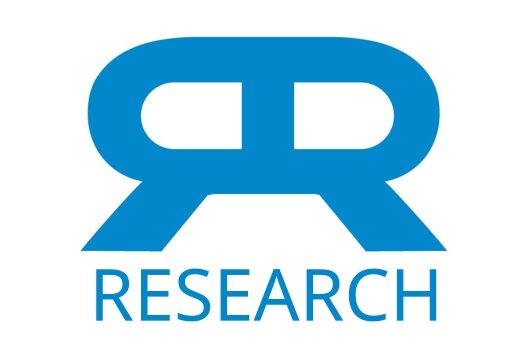Publication
The International Journal of Clinical and Experimental Hypnosis
Volume 29, Issue 3, pp259-270
Abstract
Procedures for self- and hetero-hypnotic induction and for the elicitation of the relaxation response appear to be similar. Further, before experiencing hypnotic phenomena, either during a traditional or an active induction, a physiological state exists which is comparable to the relaxation response. This state is characterized, in part, by decreased heart rate, respiratory rate, and blood pressure. After the physiological changes of the relaxation response occur, the individual proceeds to experience other exclusively hypnotic phenomena, such as perceptual distortions, age regression, posthypnotic suggestion, and amnesia.
Web and Email Links
Related Listings
Journal
The Clinical Journal of Pain
The treatment of chronic pain is costly and frustrating for the patient, health care provider, and health care system. This is due, in part, to the complexity of pain symptoms which are influenced by behavior patterns, socioeconomic factors, belief systems, and family dynamics as well as by physiological and mechanical components. Assessment of treatment outcomes is often limited to the patient's subjective, multidimensional, self-reports. Outcome measures based on data about return t […]
Journal
Psychiatry Research: Neuroimaging
Therapeutic interventions that incorporate training in mindfulness meditation have become increasingly popular, but to date, little is known about neural mechanisms associated with these interventions. Mindfulness-Based Stress Reduction (MBSR), one of the most widely used mindfulness training programs, has been reported to produce positive effects on psychological well-being and to ameliorate symptoms of a number of disorders. Here, we report a controlled longitudinal study to investi […]
Journal
Psychotherapy and Psychosomatics
The effect of a 10-week meditation program on 20 patients who were undergoing long-term individual explorative psychotherapy was studied. Change in the psychological well-being of the patients and the impact of the program on the process of their psychotherapy was evaluated. Results obtained from the patients’ self-ratings and the therapists’ objective ratings demonstrated a significant and substantial improvement in most measures of psychological well-being.

